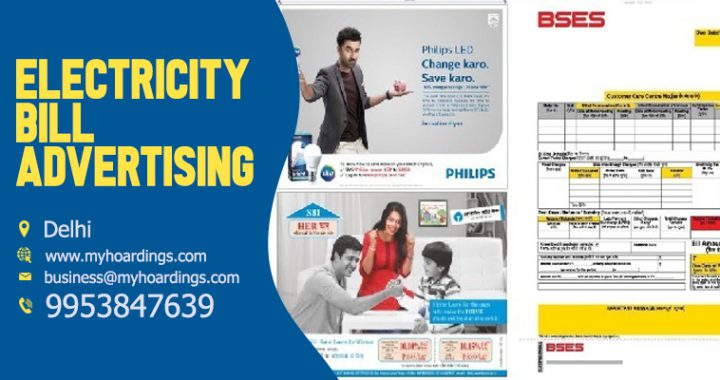What is the difference between advertising and propaganda?
2 min read
Advertising and propaganda are both methods of communication used to influence people’s opinions, attitudes, or behaviors. However, they differ significantly in their objectives, techniques, and ethical considerations.
Definition of Advertising
Advertising is the process of influencing people buying decisions by running ad campaigns for particular products and services provided by businesses.

It is done in a persuasive manner means it compels the viewer to take the desired action and make them agree with your ad. Its main purpose is to attract new customers to increase profit.
Traditionally It was done through newspapers, television, and radio which wasn’t much specific and targeted. But now this digital age of the internet allows advertisers to be more targeted with their ads to generate better ROI(return on investment).
Definition of Propaganda
It’s the spread of information which could be facts, arguments, rumors, half-truths, or lies to influence public opinions or perceptions, to promote or publicize a particular point of view.
There are a number of people around us like influencers, politicians, advertisers who use propaganda techniques to influence others. They use emotional and convincing means to derive the desired outcome from others.
You will be surprised to know that there are numerous propaganda techniques used in advertising most of the distort people’s perception negatively.
Here are a few examples are:
- Bandwagon Propaganda
- Plain Folks Propaganda
- Testimonial Propaganda
- Card-Stacking Propaganda
- Transfer Propaganda
- Name-Calling Propaganda
- Glittering Generalities Propaganda
For getting a better idea of what they actually are and how they influence our life, you can check out this in-depth article on propaganda in advertising
Types of Radio Advertising
|
















